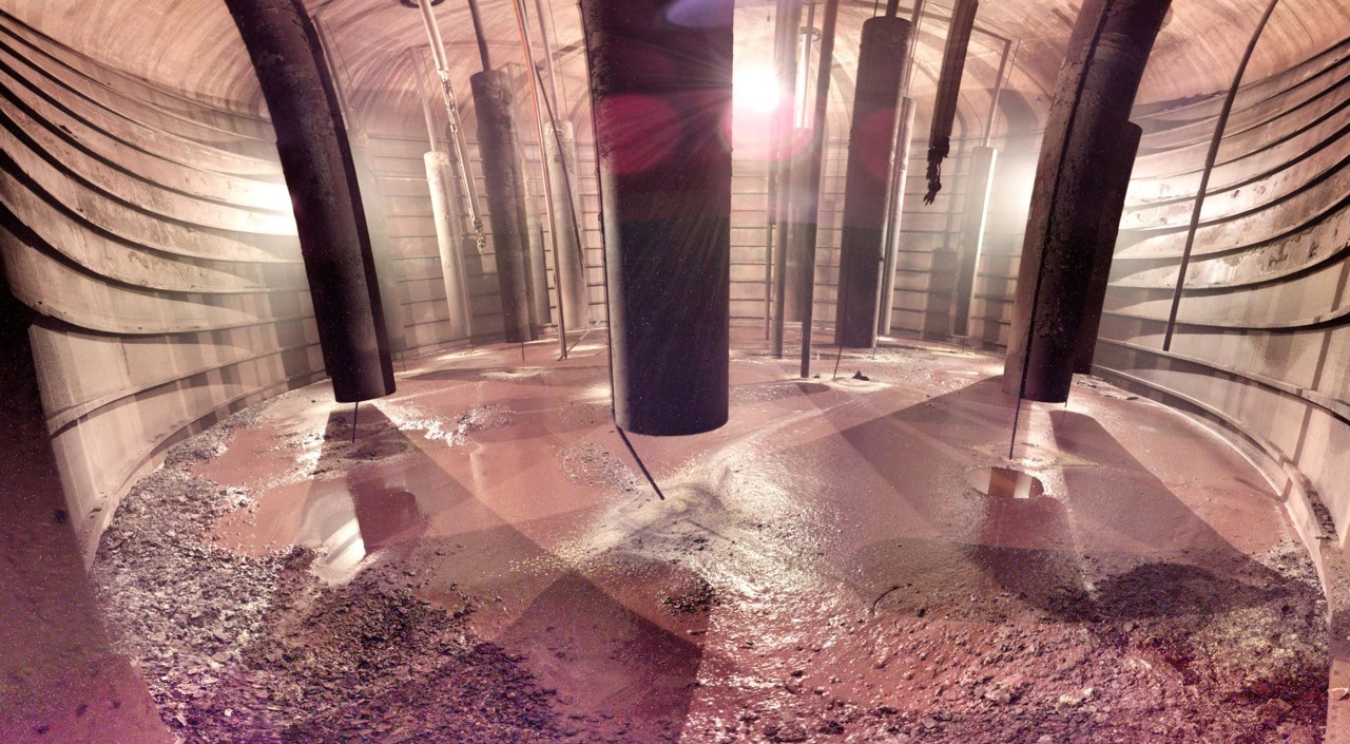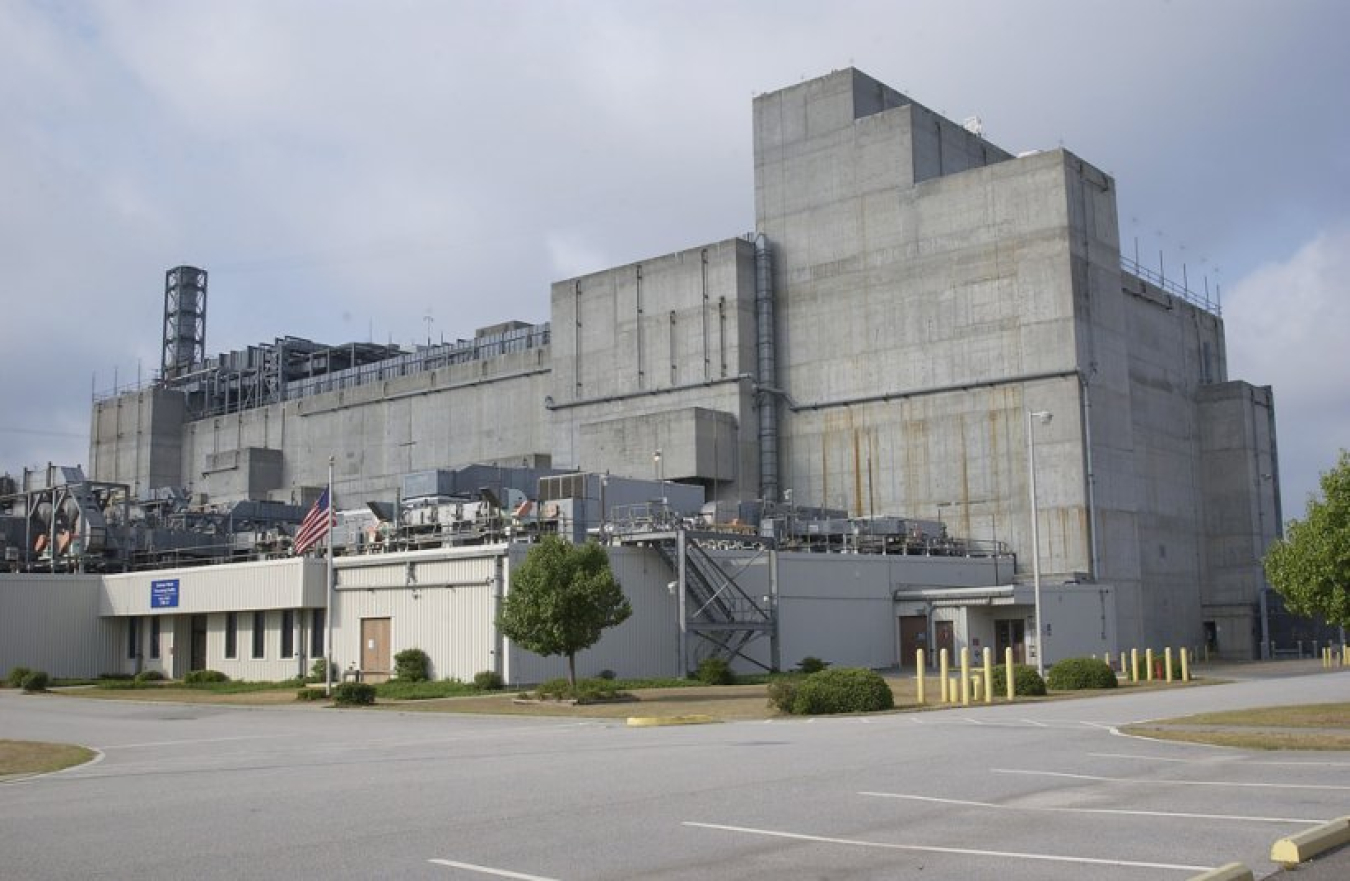Tank Waste News
-
About 2,000 gallons of radioactive and chemical tank waste is one step closer to disposal as part of a treatment technology demonstration at the Hanford Site.October 29, 2024
-
The U.S. Department of Energy Office of Environmental Management received concurrence this month from the South Carolina Department of Environmental Services and U.S. Environmental Protection Agency that the Savannah River Site has successfully removed waste from Tank 9 and may now proceed to the next step in the closure process for that tank.October 29, 2024
-
Workers recently completed an 18-month project of replacing 11 hot cell windows at the 222-S Laboratory on the Hanford Site.October 29, 2024
-
Workers at the Hanford Site’s Waste Treatment and Immobilization Plant have completed testing key safety systems inside the plant’s Low-Activity Waste Facility, moving the facility toward commissioning to support the Direct-Feed Low-Activity Waste Program to immobilize tank waste in glass.October 8, 2024
The Office of Environmental Management (EM) tank waste program consists of safely storing of 90 million gallons of radioactive liquid waste at the Hanford Site in Washington, the Idaho National Laboratory in Idaho and the Savannah River Site (SRS) in South Carolina.
EM operates major nuclear facilities to process and dispose of the waste as well as emptying, cleaning and closing the waste tanks. The SRS and ORP waste streams treatment involves separating the highly radioactive fractions and low activity factions. The high activity portion undergoes vitrification while the low activity portion is then either vitrified or grouted.
As liquid waste is processed, the tanks are operationally closed through a process that involves: bulk waste removal, heel removal, cooling coil flushing/annulus cleaning, isolation and residual sampling and grouting.
The EM tank waste program’s goal is to continue cleanup progress in a cost-effective manner that is risk informed, engages stakeholders, applies innovative solutions and provides value to the American taxpayer.
Visit Hanford website information about its liquid waste management program.
Visit the Savannah River Site website for information on its liquid waste management program.
Visit the Idaho Cleanup Project website for information about its liquid waste management program.





